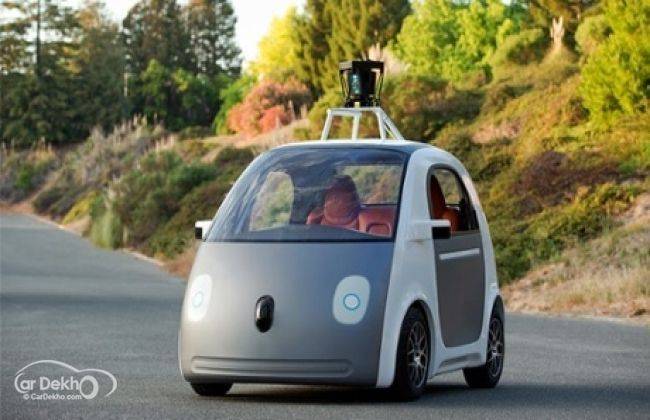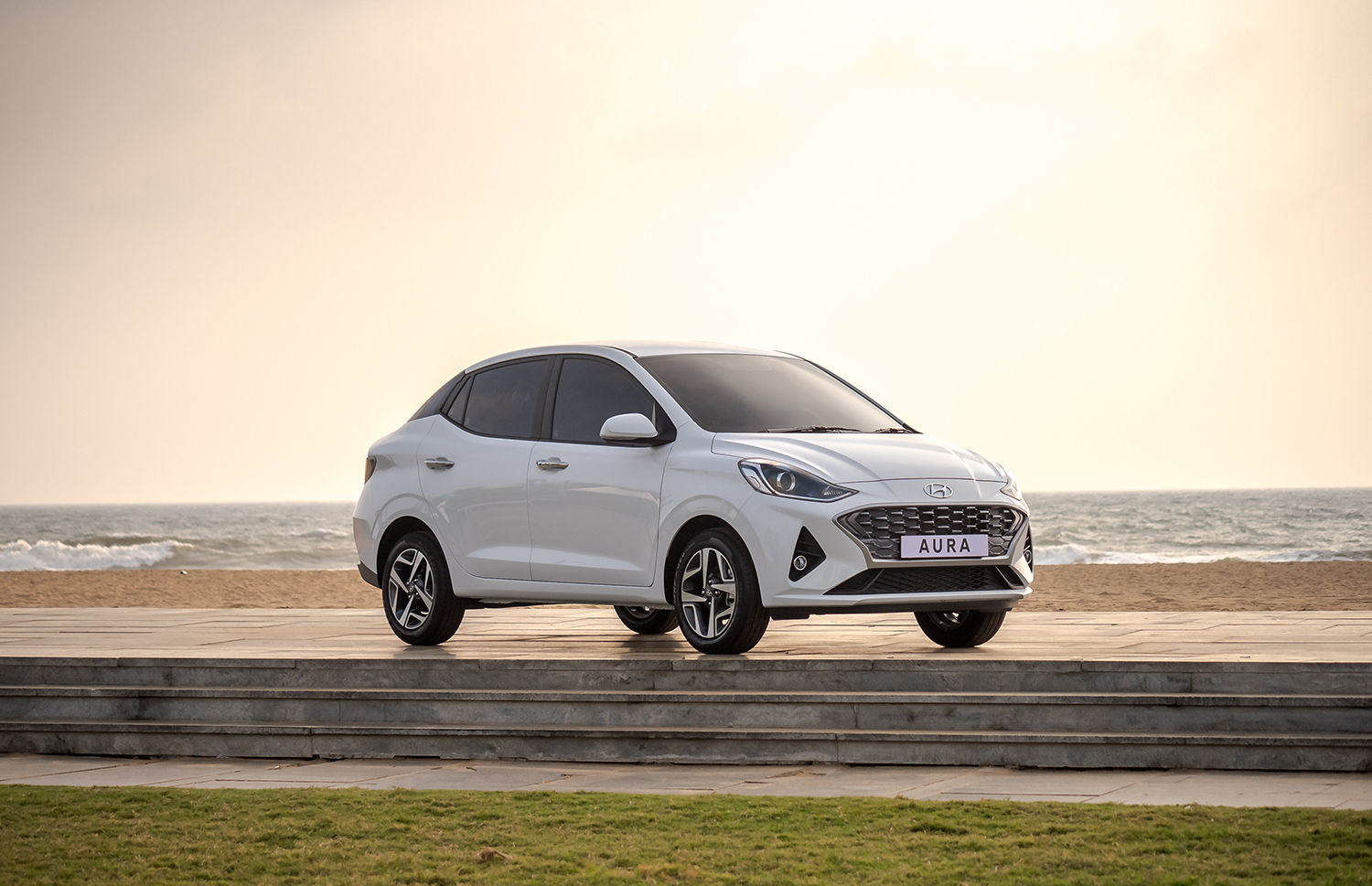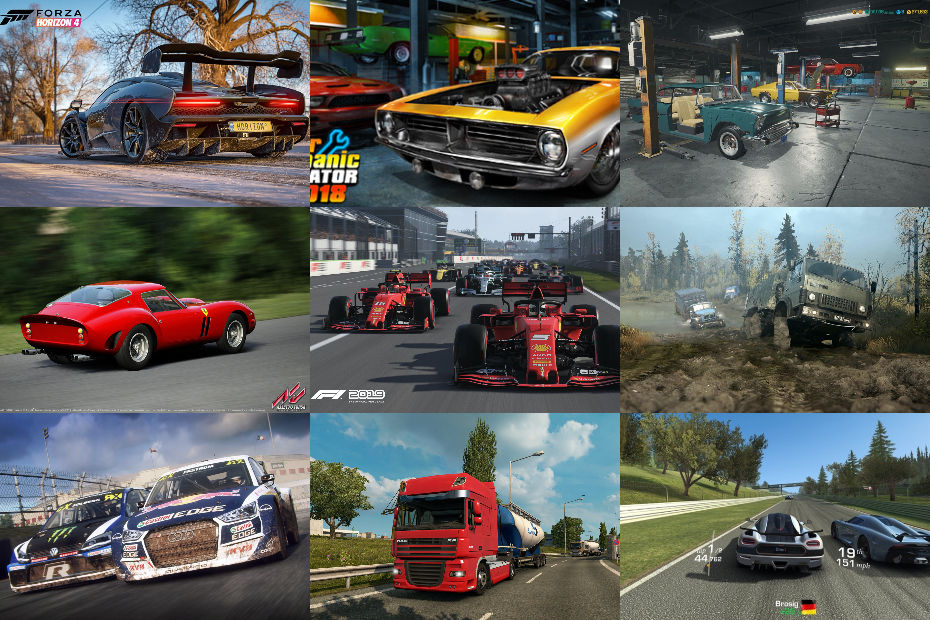Google's Driverless Car!
Modified On May 29, 2014 11:40 AM By CarDekho
- Write a comment
Innovation is not new to Google. Whenever we talk about path-breaking technology or some out-of-the-box thinking, name of this American firm is never too far. Google is all set to make cars that drive themselves. Sounds cool! The car will be based on a revolutionary design that does away with all conventional controls even including the steering wheel.

Google has been working on this self-driving technology from past few years. It started with a thought to have a driver-less car, but with a provision to shift controls of the steering wheel to the driver in case of an emergency. But its all autonomous now, that means without any human dependency.
Head of Google's self-driving vehicles project, Chris Urmson, said, “The cars were still in a testing phase, and that the company has a lot to learn about what they can and can't do. We're really excited about this vehicle, it's something that will allow us to really push the capabilities of self driving technology, and understand the limitations."

The company has started its test run with a fleet of 100 experimental electric-powered prototypes without any conventional and standard controls found in any modern vehicle now-a-days. The prototype more-or-less looks like a toy concept vehicle which has a seating capacity of two and is loaded with uncountable sensors to determine its location and surroundings up to several metres. Speed of the car is limited to just 25 mph (40 kmhr) and the only duty human perform is to press 'Start-Stop' and a red “e-stop” button in case of a panic stop.
The car is small and bulbous, and its bonnet is arranged to look like a face. The two-seat vehicle "looks a bit like the ultracompact Fiat 500 or the Mercedes-Benz Smart car", the New York Times wrote.
How does a driverless car works?
Google's driverless car comes equipped with the most advanced LIDAR (laser radar) system worth $70,000. This 64-beam laser allows the vehicle to generate a detailed 3D map of its surroundings. And the car then takes these generated maps and combines them with high-resolution maps of the world, producing different types of data models that allow it to drive itself.















